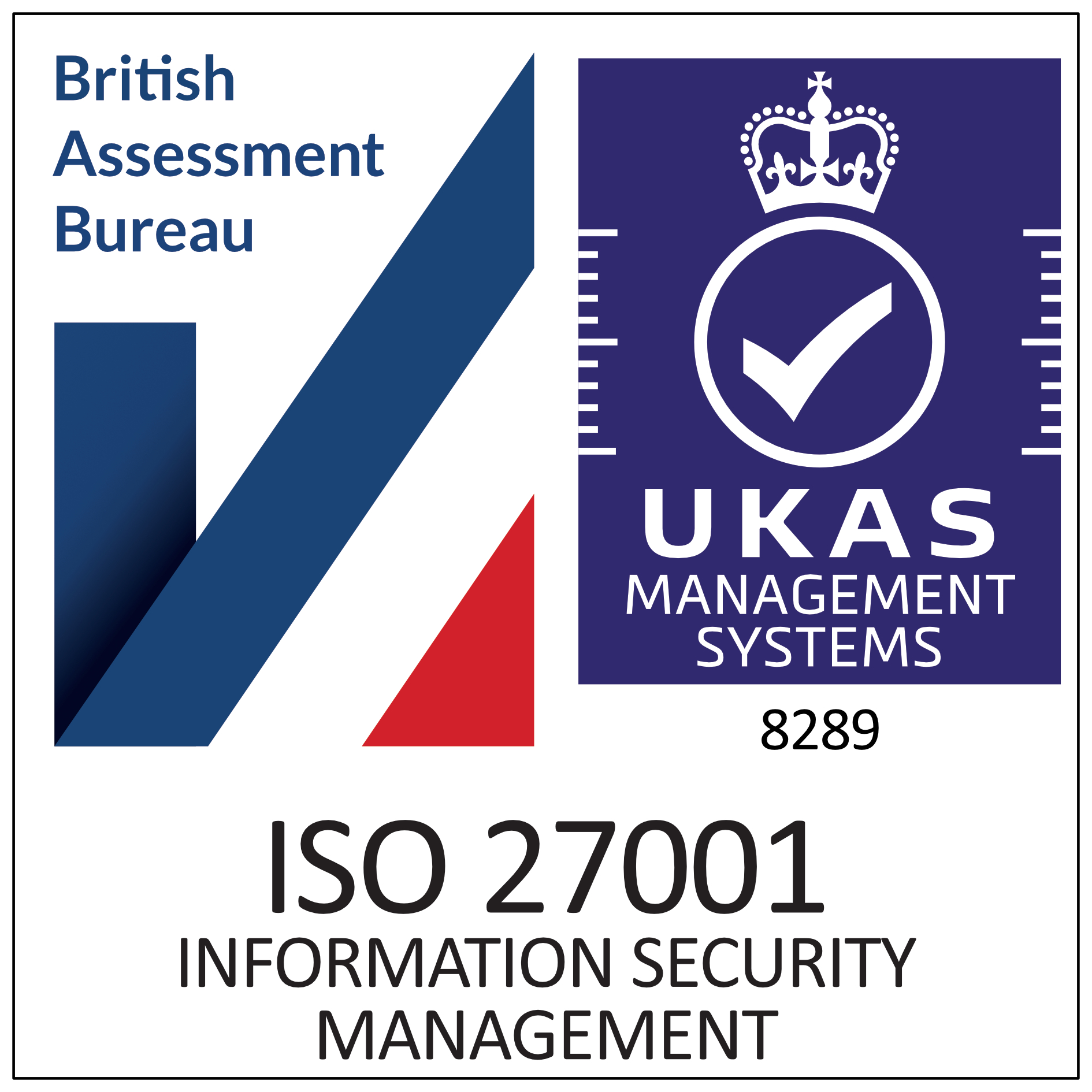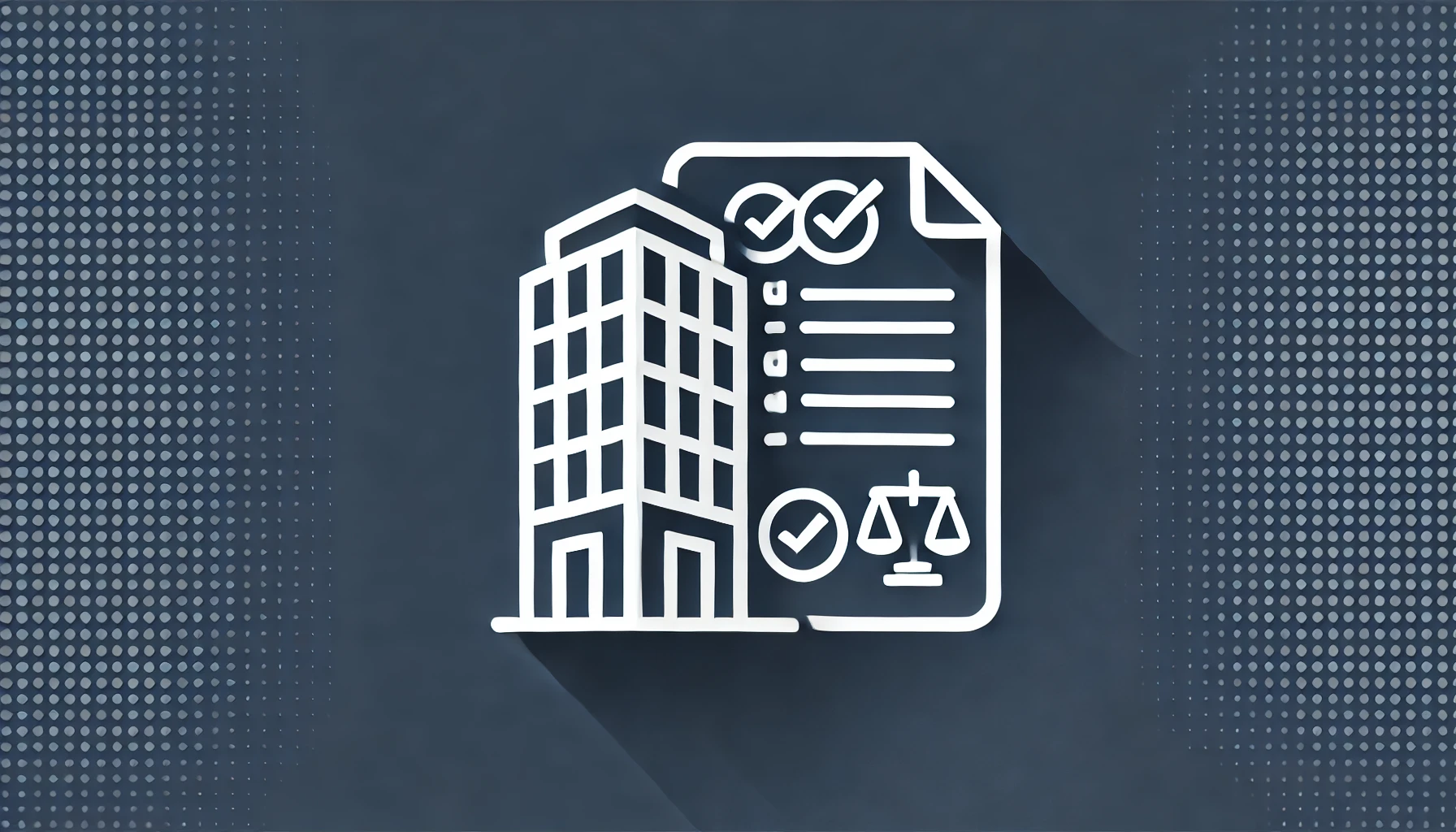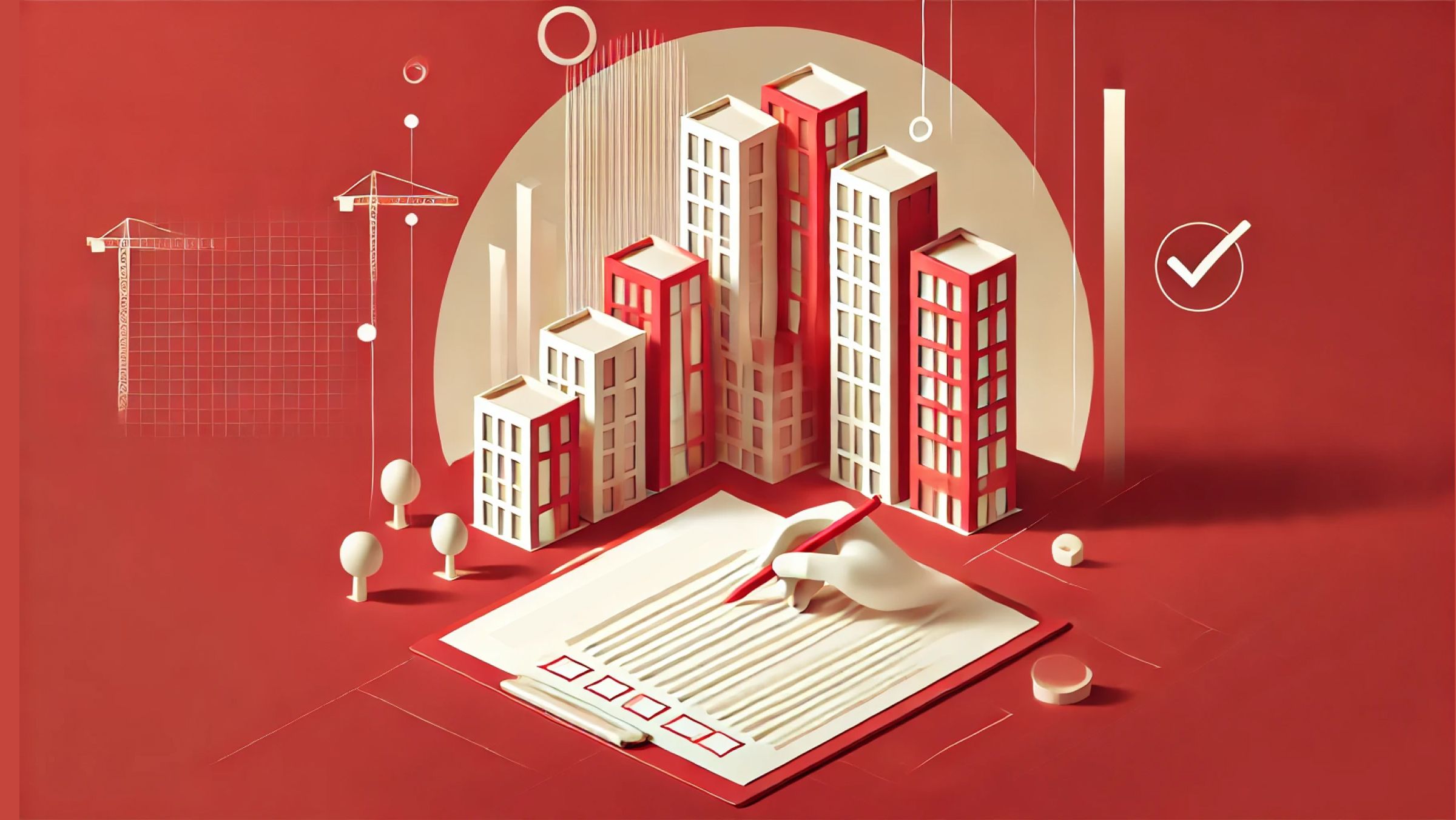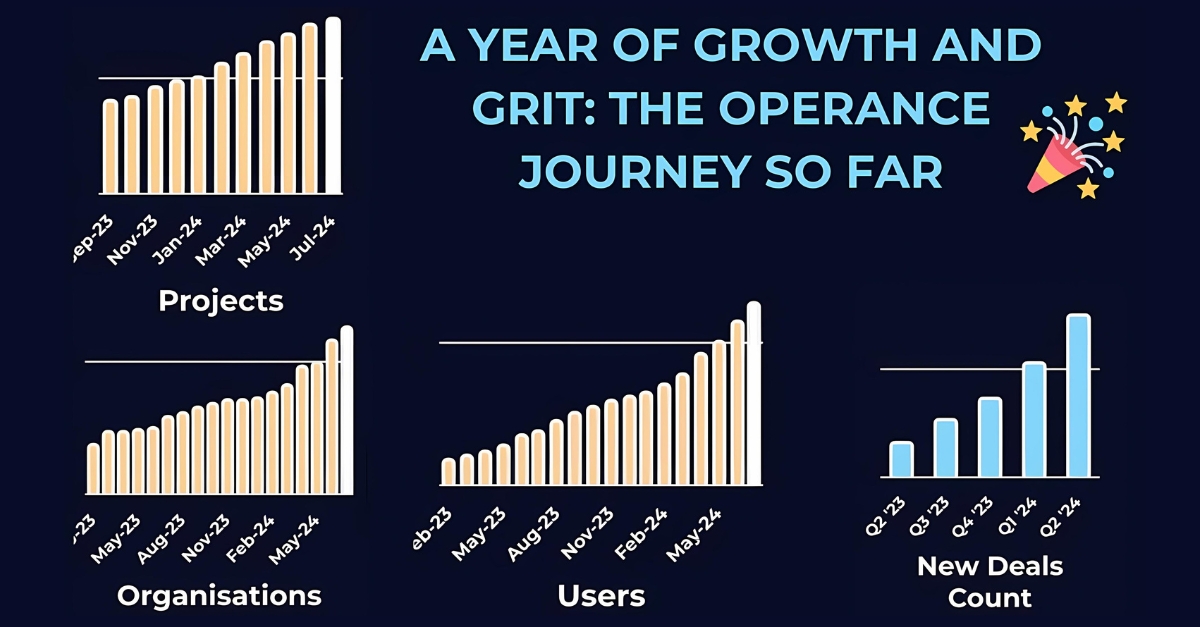Building a Safer Future with BIM (Building Information Modelling)

Building Information Modelling (BIM) has completely transformed the landscape of construction and the management of building information. In this article, we explore how BIM can help build a safer future.
- What is Building Information Modelling (BIM)?
- Why is BIM important?
- Where is BIM stored?
- Is BIM a legal requirement in the UK?
What is Building Information Modelling?
Building Information Modelling (BIM), contrary to popular belief, is much more than a digital 3D model outcome. BIM is a smart process that changes the way we plan, build and take care of buildings and all kinds of infrastructure.
BIM utilises all kinds of data about buildings and its zones, floors, spaces and more, in both graphical (I.e. the 3D BIM Model) and non-graphical (I.e. COBie data).
The BIM process helps everyone who is involved in a project, and those responsible for the built asset beyond handover, to work together and share important information. This reduces project and lifecycle risks associated with time, cost, quality and safety.
Why is BIM important?
Enhanced collaboration – A clear visualisation of the project’s design and functionality encourages seamless collaboration between architects, designers, engineers, contractors and other stakeholders.
For instance, each designer has their own 3D design – the architect, structural engineer, mechanical engineer, electrical engineer etc.
We overlay all the design team models to create a federated model. By doing this, we can mitigate any clashes between the design team models.
Reduce risk and costs – The 3D digital models help stakeholders detect clashes and check project coordination, helping them make informed decisions early in the process, before they arrive at site. This saves time, arguments, delays and costs.
Operational efficiency – BIM models are valuable resources for building managers and owners beyond handover. They are filled with data about how to operate and maintain the building and its assets, lowering operational costs and ensuring the longevity of the building.
Sustainability – By visualising a building digitally, architects and engineers can optimise their designs to reduce energy consumption and environmental impact.
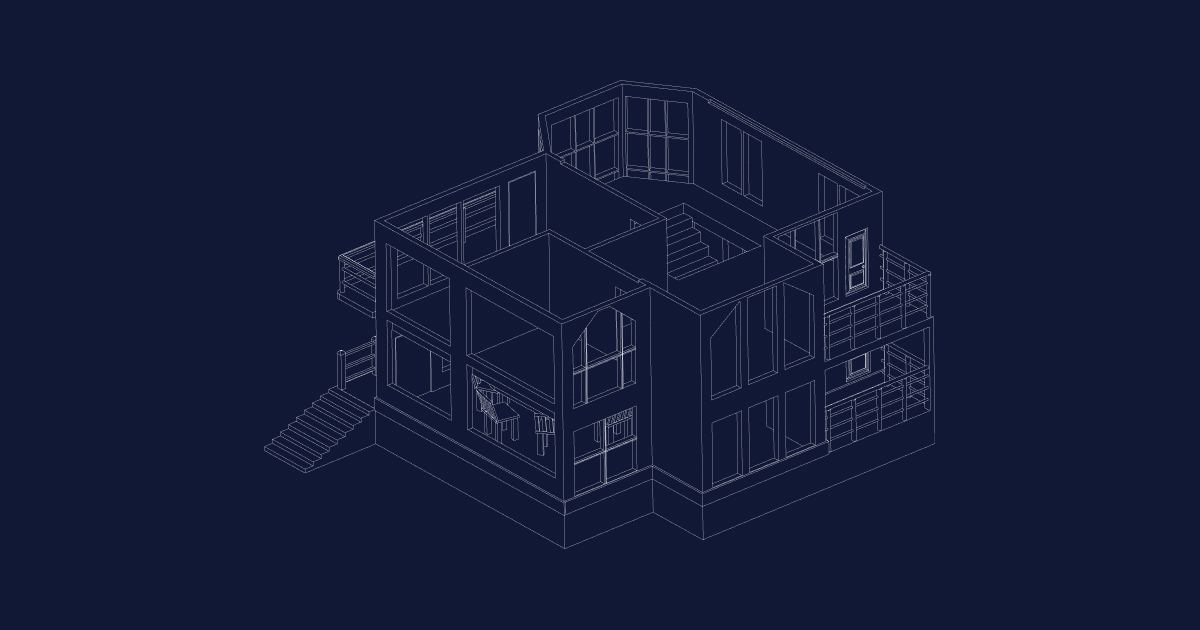
Where is BIM data stored?
BIM related deliverables, such as models, drawings, specs, reports are most typically stored in a Common Data Environment (CDE), a centralised digital platform where all project stakeholders can access, share and collaborate on the BIM data. This could be multiple platforms connected together to form a CDE in line with the ISO 19650 suite of BIM standards.
However, CDEs can present multiple issues during the construction and design phases and beyond handover.
Training – To make the most out of the CDE, users often need to be trained, and this can hinder user adoption, meaning people might be resistant to using the platform.
Lack of standardisation – As BIM information is a collaboration between different stakeholders, this can often result in a lack of standardisation of the data in the CDE, making it increasingly difficult to use as time goes on.
Operance is changing the way the construction industry uses BIM.
With our purpose-built golden thread Operations (O&M, H&S file) and Building Safety platform, you can store BIM data and use it to power task management, compliance alerts and more, all whilst keeping your model up-to-date and relevant beyond handover.
Operance uploads your model into the app and provides you with simple access to use your construction data without needing to invest further in expensive BIM training and 3D visualisation tools.
In fact, you don’t actually need to know anything about BIM whatsoever! The platform handles everything and gives you asset management at your fingertips.
Since April 2016, BIM has been mandated throughout the public sector in the UK in the form of BIM Level 2 which included the British standards PAS1192 and BS1192. These standards were later replaced by the ISO19650 suite of international standards from 2018, which were heavily based on the previous BIM Level 2 standards.
However, despite BIM not being legally required in the private sector, following the BIM process can make complying with other building safety legislation, such as the Building Safety Act a whole lot easier. For example, when creating Building Safety Cases, submitting Key Building Information and producing Operations and Maintenance manuals.
The ISO19650 standards are referenced as the foundation to collating the Golden Thread of information within many industry papers related to the Building Safety Act.
Find out further information from our Head of BIM & Digital Services, Dave Peacock.
NEWSLETTER
Revolution Is Coming
Subscribe to our newsletter so we can tell you all about it.
You can unsubscribe at any time and we don’t spam you.










